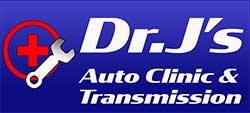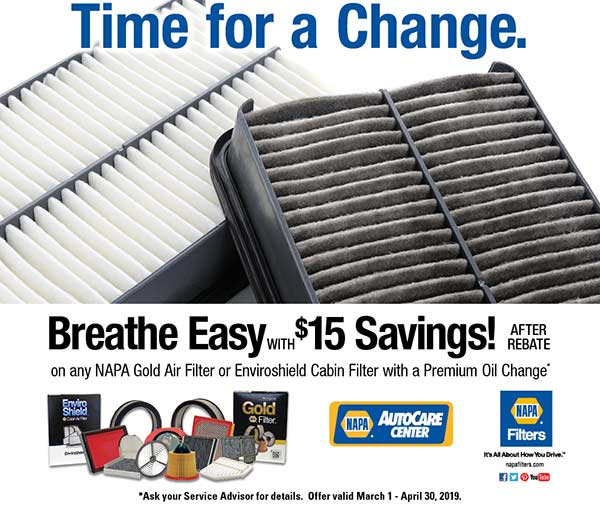Engine Air and Cabin Air Filters
Over time, your car’s engine air filter collects dirt and debris — even bugs — and eventually needs to be replaced. Especially with Albuquerque’s dust and wind. More so, if you drive on dusty New Mexico roads. Not replacing the filter can lead to severe engine damage. The filter’s job is to keep dirt, dust and debris from entering the engine’s cylinders, allowing for optimal performance.
Perhaps, the best advice in determining when to replace your engine air filter is first consulting your car’s owner’s manual. In some cases, though, the manual only states “inspect air filter” and doesn’t give an exact replacement interval.
We Recommend Changing the filter every 15,000 to 30,000 miles., depending on conditions vehicle is driven in. For example if you have a bunch of trees in your front yard, or typically drive in an area that is wooded, you may replace your filter more frequently due to the debris that the filter will collect. The same goes for driving in a densely populated area where there is more smog and other air contaminates.
The vehicle manufacturer adds that filters should be replaced on the lower end of that range if you drive in dusty areas or on dirt roads, or frequently notice a buildup of dirt of debris inside the filter. A dirty filter can also limit the air intake to the engine, which can negatively affect fuel economy.
We will inspect your Air Filter during every oil change or as part of your normal maintenance schedule.
The cabin air filter, a feature found on most late-model vehicles, cleans the air that comes into the interior through the heating, ventilation and air-conditioning system. It catches dust, pollen and other airborne material that can make riding in a car unpleasant, particularly if you have allergies or other respiratory problems.
Recommendations on when a cabin air filter should be replaced vary by manufacturer — some say every 12,000 or 15,000 miles, others longer — and how often can depend on how much you drive and where. Check the maintenance schedule in your owner’s manual. If you drive in heavy traffic in an urban area that has poor air quality, you could need to replace the cabin air filter annually or even more often. However, that also could be true in a desert climate where there is a lot of dust to filter out.
Some signs that you need a new cabin air filter are reduced air flow through your climate control system, such as when you crank up the fan too high and get more noise than results. Another is persistent bad odors. Even if you don’t have these warnings, however, you should have the air filter checked at least once a year.
Many cabin air filters are located behind the glove box and are accessible by freeing the glove box from its fasteners. Other cabin air filters are located under the dashboard and may not be as easy to reach, or under the hood where fresh air enters the climate control system. Some of these air filters are expensive — as in $50 or more. There is no price on the quality of the air your breathe however.
If our repair shop recommends you get a new cabin air filter, ask to see the current one. Depending on how long the air filter has been in service, you might be shocked at what you see: a filter clogged with leaves, twigs, insects, pollen, soot and grime that literally covers the entire surface that comes in contact with incoming air can all be a problem for the cabin inside your vehicle. You’ll know it’s time for a cabin air filter replacement for your car.

